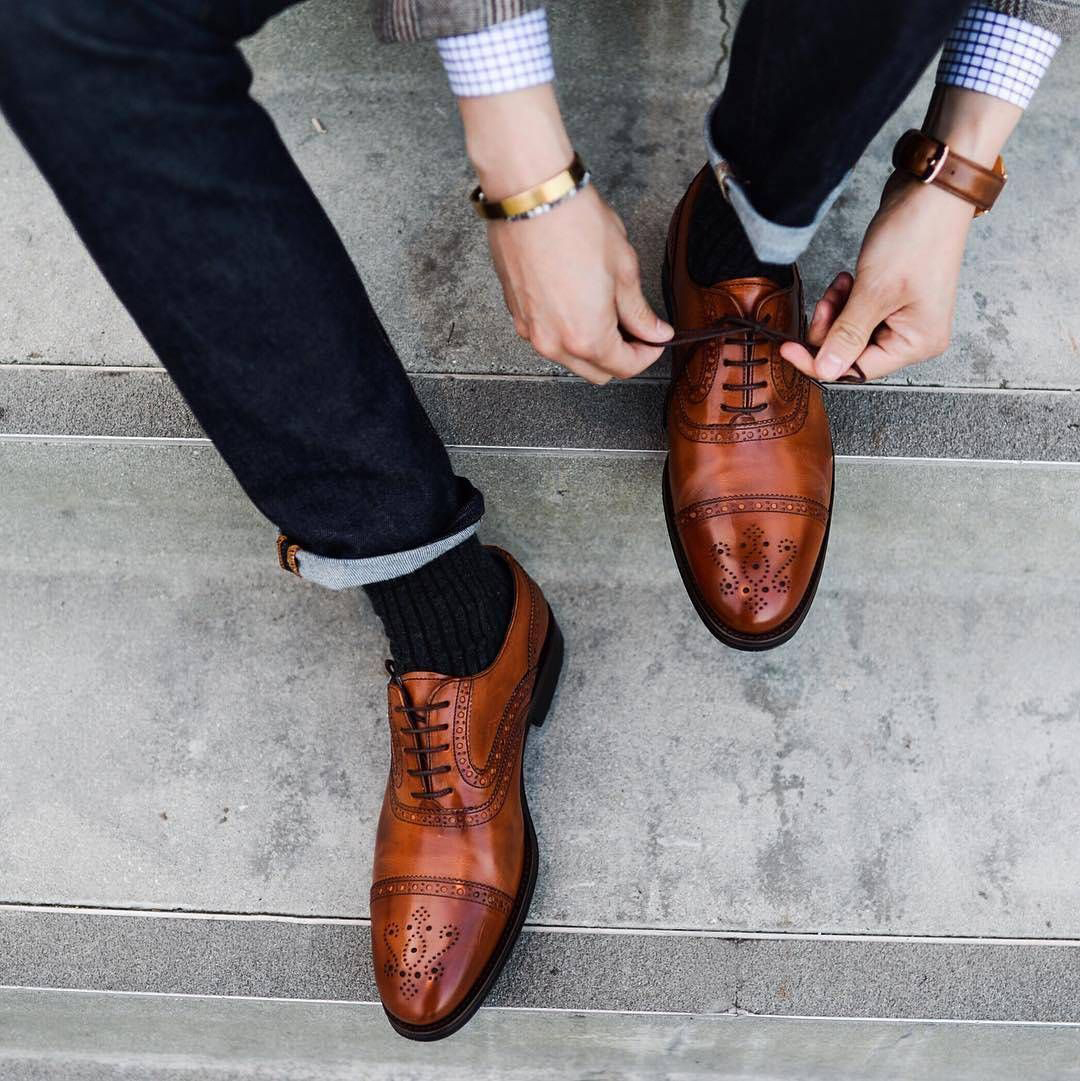SSLIE COUNTRIES
OVERVIEW OF EGYPT’S LEATHER INDUSTRY
The Arab Republic of Egypt is located in the North Eastern part of the African continent with over 100 million inhabitants making it the most populous country in North Africa, Middle East and the Arab world. The Egyptian leather industry is served by a healthy animal population estimated at 8 million bovines (cow/buffaloes), 6 million sheep, and 5 million goats. The total annual production of tanned leather is 200 million square feet, and most of this goes into footwear production, whose average total production for 2015 was 70 million pairs. The average price for tanned leather is US $1.25 per square feet (Gage, 2017).
The competitiveness and significance of the Egyptian leather sector is best reflected from the fact that the quality of their raw hides ranks seventh in the world, while the Egyptian tanneries export leather to top international luxury brands for fashion and leather products like Gucci, Clarks and Louis Vuitton.
The leather products sector broadly consists of tanning companies, and the conversion of the resultant leather into footwear, leather goods, garments, and upholstery and sports goods. The Egyptian leather sector employs an estimated 250,000 workers absorbed by 3,500 production workshops; 50 shoe factories; 150 factories/workshops of leather production; 20 shoe insole factories; more than 100 small workshops; 300 tanneries; and 15 wooden mold workshops (Gage, 2017).
This year the trade ministry had set an official target for leather exports to reach over $1 billion. This was to be achieved through development of two industrial projects to establish a leather hub including one in the 10th of Ramadan city comprising of 100 small and medium sized factories while another will be located at Robiki city. The two projects are expected to on $1 billion state and private sector investments with the industry having seen no major investment in the past 15 years.
The following institutions serve the Egyptian leather sector: Chamber of Tanning Industries & Chamber of Leather Industries which are the legal representative of the sector with a combined membership 3000, the export council formed by the Ministry of Foreign Trade and Industry comprising members representing the varied sectoral activities with a mandate to work out focused strategies to foster the export development and the Egyptian Exporters Association (Expolink) focused on professional organization of overseas fairs as well as local exhibitions. On the capacity building side there exist the Footwear Training Centre – Amereya established with assistance of the German GTZ and equipped with a design centre, a small testing laboratory and a very modern complete production line for shoes. The Footwear and Leather Industry Service Centre (FLISC) founded in March 2000 is a design centre for shoes using latest 3D computerized design systems aiming to provide services to the leather sector while the
- Leather Technology Centre a body under the Ministry of Trade and Industry provides assistance to the footwear and leather goods manufacturers on technology aspects. For standardisation there exist the
- Egyptian Organisation for Standardisation and Quality Control which test products and materials, and industrial calibrations. It has an equipped testing laboratory with trained staff, and base its standards on international standards as adapted to local conditions, subject to periodical updating. Lastly the
- Chemical Department has basic mandate to provide official testing of material upon Government and/or industry request.
References:
- Gage N. 2017. Robbiki Leather City Mega Project. Ministry of Trade and Industry, Egypt.
- Abou El-Khair MM. 2010. Promoting international and intra-African trade in leather supply / demand survey in Egypt




Participating countries

